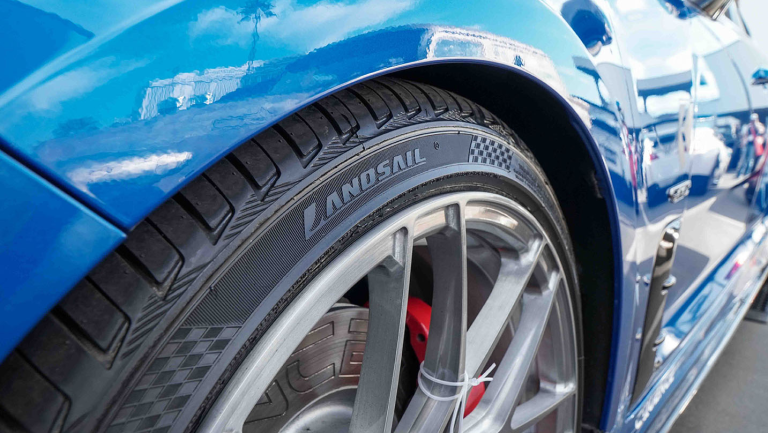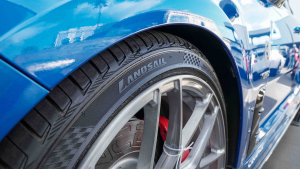Wheels and tires perform three crucial functions associated with driving performance. First, they enable the vehicle to accelerate. Second, they enable the car to stop, and third they support the weight of the vehicle.
So, if more is better, do wider wheels and tires improve driving performance? The question may seem simple, but the answer is complex. Before you decide to upsize to wider wheels and tires, you’ve got to consider where you drive, when you drive, and how wide you really want to go. Upsizing may make sense but sticking with factory/OEM specs might also be right for you. Vesteon wants to provide you with the information you need to make the best purchasing decision. So, let’s figure out if wider wheels and tires are better for you.
WIDER WHEELS ROLL ON WIDER TIRES
Of course, when you swap out OEM for wider wheels, you’ve got to get wider tires too. That’s only common sense. NASCAR cars run on 9.5 or 10-inch-wide wheels. F1 cars use a staggered fitment with front tires 12 inches wide and rear tires that are 16 inches wide. And if wider wheels and tires are better for race cars, they must improve performance for other vehicles too, right? Well, it’s true if your job is driving race cars and you spend all your time on test tracks and racetracks. If your daily driver sticks to highways and city streets and you don’t live in an area with high rainfall, then you might be a perfect candidate for low profile tires. When you change the dimensions of your wheel, you’ve got to adjust the dimension of your tire to keep the aspect ratio the same. So, when you put on larger wheels, you’ve got to reduce the profile of the tire by the same amount. The result is a wheel and tire fitment with a taller and wider wheel and a wider tire with a shorter sidewall.
Those low-profile tires with reduced sidewalls provide more contact and traction and a more spirited driving experience. Shorter sidewalls make the tread more rigid and stable. Rigidity and stability give you better performance because you have a better grip in dry conditions. That’s awesome.
But unfortunately, that patch where the tire hits the pavement changes shape. Wider tires create a square instead of an oval-shaped patch. That’s not such a good thing in the rain. In the rain or on wet roads, you’re more likely to hydroplane with a square contact patch. Physics can be such a drag (pun intended). If you’re going to go for wider wheels and lower profile tires, then make sure to use an all-season tire.


